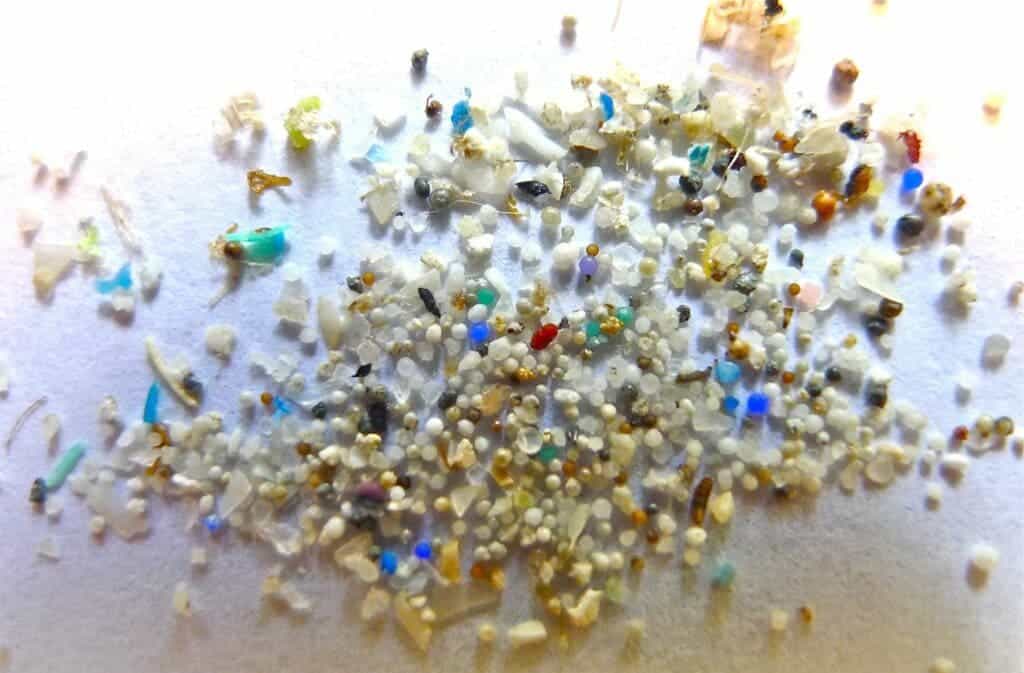While studies on wildlife have linked plastics to several health problems, their effects in humans are still mostly unknown. Now, a new study has found evidence that human organs and tissue absorb both nano- and microplastics, which could help us understand their impact on our health.

Plastics are one of the most severe environmental problems of our time. They are very durable, even in the most extreme environmental conditions, making them the worst kind of material to be floating around the ocean or washing up on pristine beaches.
But that’s not all; they can also easily break down. Researchers define microplastics as plastic fragments less than 5 mm, or about 0.2 inches, in diameter. Nanoplastics are even smaller, with diameters under 0.001 mm. Exposure to such plastic in wildlife can lead to cancer, infertility, and inflammation/
“You can find plastics contaminating the environment at virtually every location on the globe,” said Charles Rolsky, co-author of the study, in a statement.
“There’s evidence that plastic is making its way into our bodies, but very few studies have looked for it there. And at this point, we don’t know whether this plastic is just a nuisance or whether it represents a human health hazard.”
Rolsky and a group of researchers from Arizona State University wondered if the tiny particles accumulate in human organs. To find out, they analyzed 47 samples from lungs, liver, spleen, and kidneys, organs likely to be exposed to plastics, obtained from a repository of brain and body tissues.
The team created a technique to extract plastics from the samples and analyze them. They also developed a computer program that converts information on plastic particle count into units of mass and surface area. The tool will be shared with other researchers so all results can be reported in a standardized manner.
The method can detect dozens of types of plastic components within human tissues, including polycarbonate (PC), polyethylene terephthalate (PET), and polyethylene (PE). The team found plastic contamination in all the analyzed samples. Bisphenol A (BPA), used in food containers, was found in all samples.
“We never want to be alarmist, but it is concerning that these non-biodegradable materials that are present everywhere [may] enter and accumulate in human tissues, and we don’t know the possible health effects,” Varun Kelkar, one of the researchers that participated in the study, said in a statement.
Going forward, the researchers hope to compare the levels of microplastics in the tissues of donors with information about their lives, which is typically collected along with the tissue itself. This could draw some links between certain activities, foods, even jobs, and the prevalence of microplastics in each person’s tissue.
The results of the study were presented at a meeting of the American Chemical Society.









